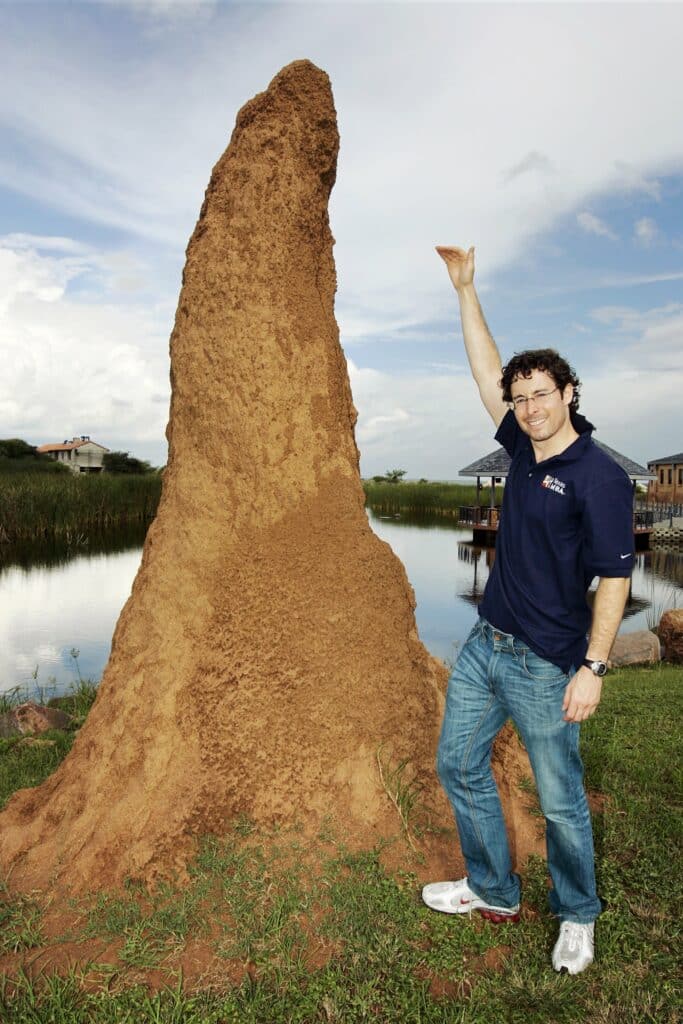From the towering mounds of termites to the delicate webs of spiders, the animal kingdom is filled with master builders whose creations shape ecosystems and inspire wonder. Through their remarkable architectural feats, these creatures demonstrate the power of adaptation and innovation in the natural world. As we marvel at their creations, let us also recognize the importance of preserving habitats and protecting biodiversity to ensure that these architects continue to thrive in the wild.

The Master Builders of the Wetlands – Beavers
In the tranquil waters of wetlands and rivers, a furry engineer reigns supreme: the beaver. Known for its remarkable ability to transform landscapes, the beaver constructs elaborate dams and lodges using branches, mud, and rocks.
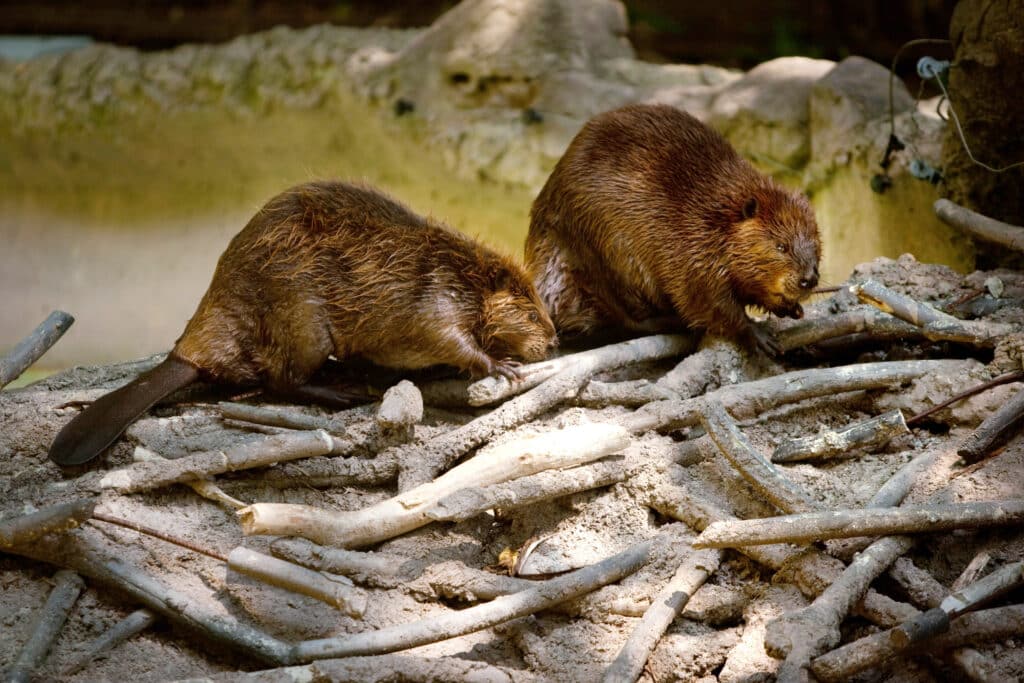
Courtesy: Freepik
These structures not only create habitat for the beavers themselves but also provide shelter and support for a variety of other species. Through their industrious efforts, beavers shape ecosystems and contribute to the health and vitality of freshwater environments.
Towers of Termite Ingenuity
In the vast savannas and forests of Africa, Asia, and beyond, termites reign as the silent architects of towering mounds. These towering structures, made from a mixture of soil, saliva, and dung, serve as colonies for millions of termites and regulate temperature and humidity levels within.
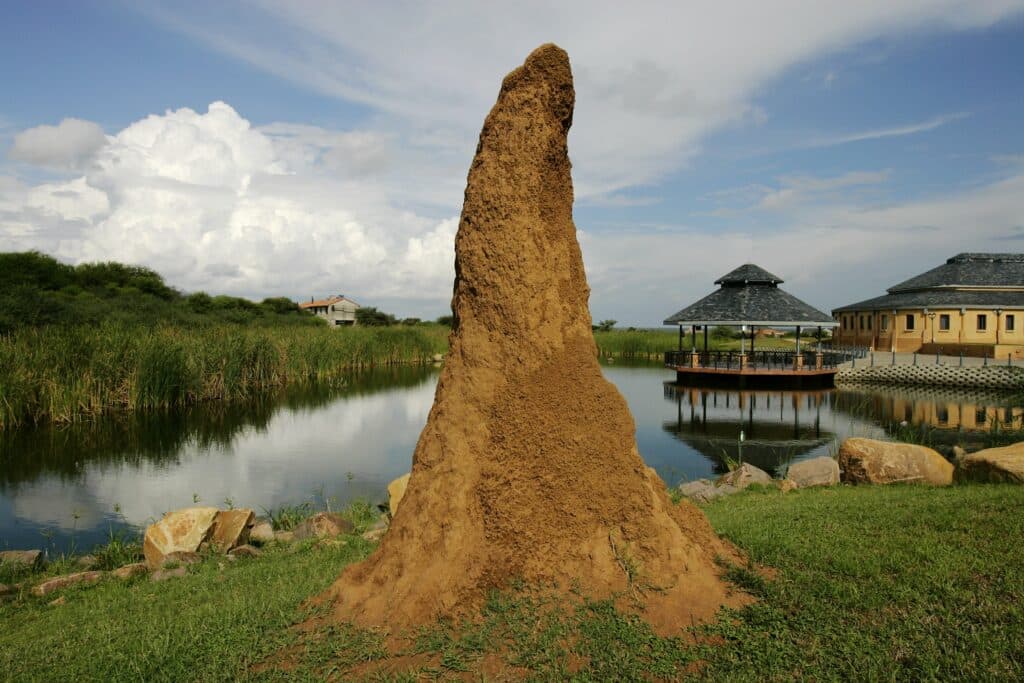
Courtesy: Britannica
Termites’ intricate tunnel systems also aerate soil and recycle nutrients, playing a crucial role in maintaining ecosystem health and productivity.
Avian Architects of the Treetops – Weaver Birds
High in the branches of trees across Africa, Asia, and Australia, weaver birds showcase their remarkable weaving skills to create intricate nests. Using blades of grass, twigs, and other plant materials, these avian architects fashion elaborate nests that hang from the ends of branches or are woven into the foliage.
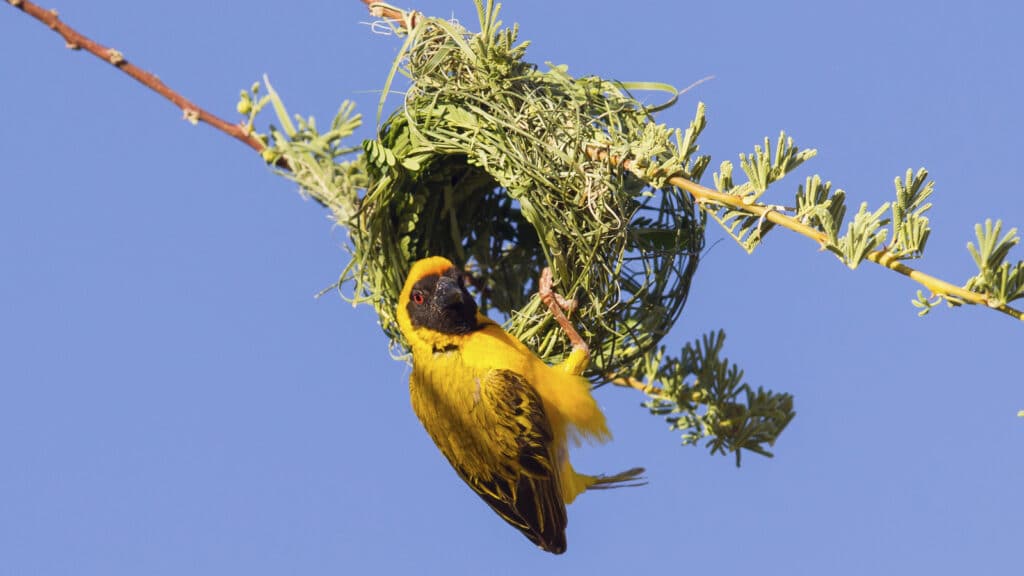
Courtesy: Wikipedia
Weaver bird colonies often comprise hundreds of nests, forming bustling communities that provide protection from predators and the elements.
Underwater Wonders – Coral Reefs
Beneath the surface of the world’s oceans, coral reefs stand as awe-inspiring monuments to the architectural prowess of tiny coral polyps. These marine invertebrates secrete calcium carbonate to build intricate structures that form the foundation of vibrant underwater ecosystems.

Courtesy: A-Z Animals
Coral reefs provide habitat for a myriad of marine species, protect coastlines from erosion, and support local economies through tourism and fisheries.
The Humble Home of the Spider
In gardens, forests, and even our own homes, spiders spin their silk into intricate webs that serve as both shelter and hunting grounds. Each spider species has its own unique web-building technique, from the classic orb web to the tangled cobweb of the cellar spider.
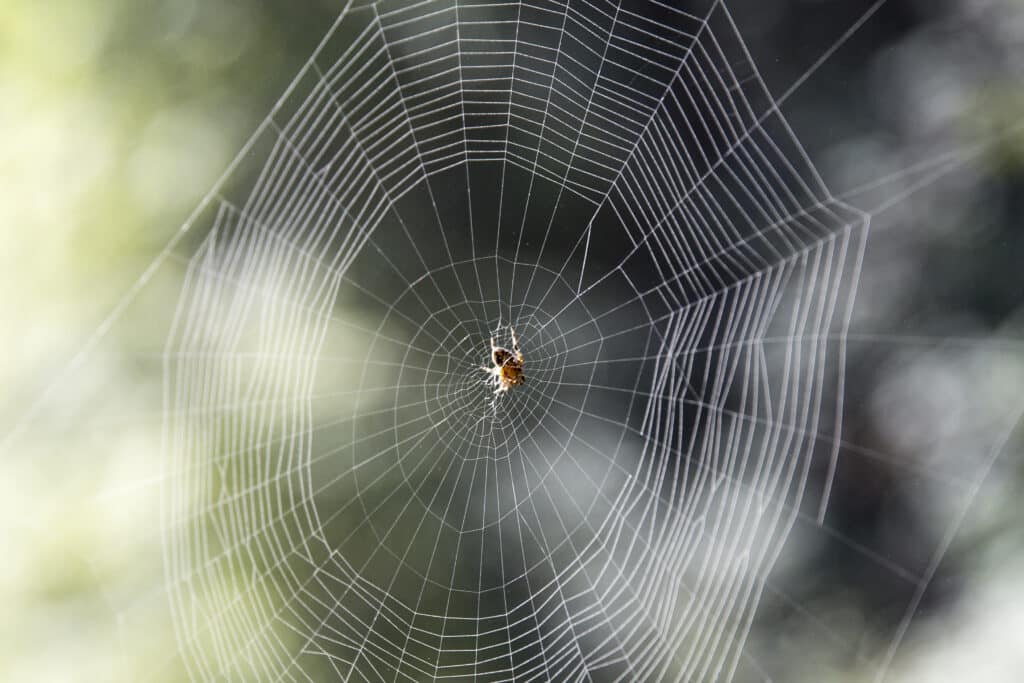
Courtesy: Freepik
These remarkable structures ensnare prey, provide protection from predators, and serve as nurseries for spiderlings, showcasing the ingenuity of these oft-misunderstood arachnids.
